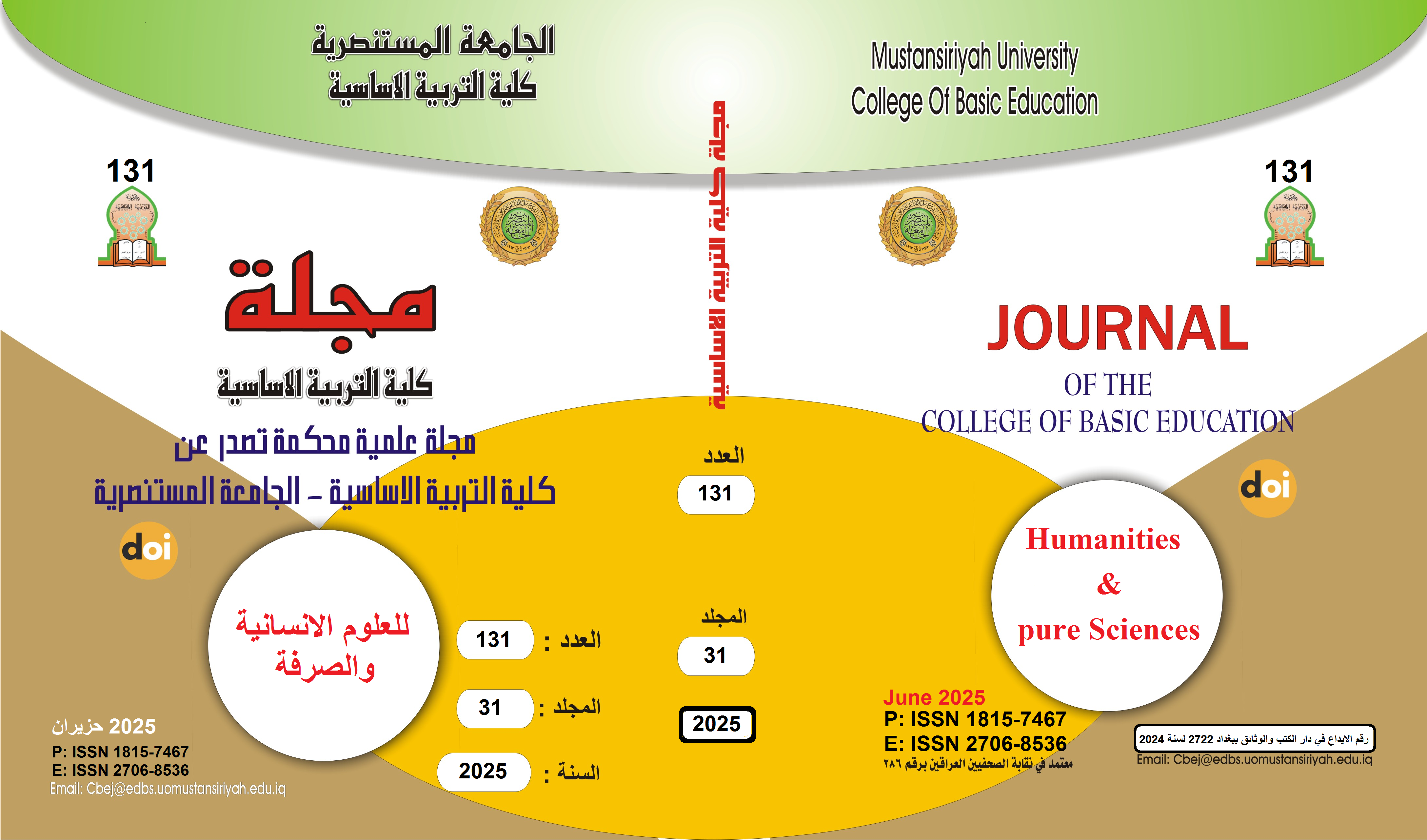Formal Innovation And Its Spatial Relationship In The Designs of Bed Fabrics
Main Article Content
Abstract
Through different eras, man has sought to discover and pursue the subject of innovation and form. Form has sparked widespread controversy among thinkers and researchers in the field of design and science alike, which has made it a gradually evolving subject with the development of knowledge, natural discoveries, and technological innovations. In turn, its uses have become numerous and diversified, making it difficult It includes inventory, classification, and expression of all of them.Formal innovation is linked with memory in a very complex and interwoven relationship. Creating knowledge requires preserving it in memory on one side, and on the other side we find that innovation and its development are linked to all the influences that surround the innovative self, whether negative or positive, whether these influences are at the level of the societal environment or societal customs and traditions, which Innovations are usually shocking due to their conflict with ideological concepts and the culture of society.The process of the emergence of an innovative design into existence, whether on the physical or psychological level, is at the same time a starting point for the birth of another innovation that rises in the wake of the new design. This is due to several reasons and reasons, the first of which stands at the beginning of the consumer’s desire for the new always, passing through another important aspect, which is technological development and growth. And its reflection on the designer’s innovative thinking process on the one hand and the progress of production processes on the other hand, in addition to the economic aspect, which has become an important axis in the management of human life. Accordingly, the current research was based on the hypothesis of the following question ((Does formal innovation have correlations with the place - the bedrooms - Designed for the age group (12-18) for girls).? The research also covered three chapters. The first chapter included the methodological framework in presenting the problem, its importance and objectives, as well as the definition of the most important terms. The second chapter included the theoretical framework, which included the following topics: First: The concept of formal innovation in fabric designs. Second: The stages of the innovative process. Third: Form. And its spatial relationship in design. The third chapter included research procedures to reach the research objectives and was based on the analytical description method. After that, the most important results and recommendations were included, and finally the sources and references were listed.
Article Details

This work is licensed under a Creative Commons Attribution-ShareAlike 4.0 International License.
